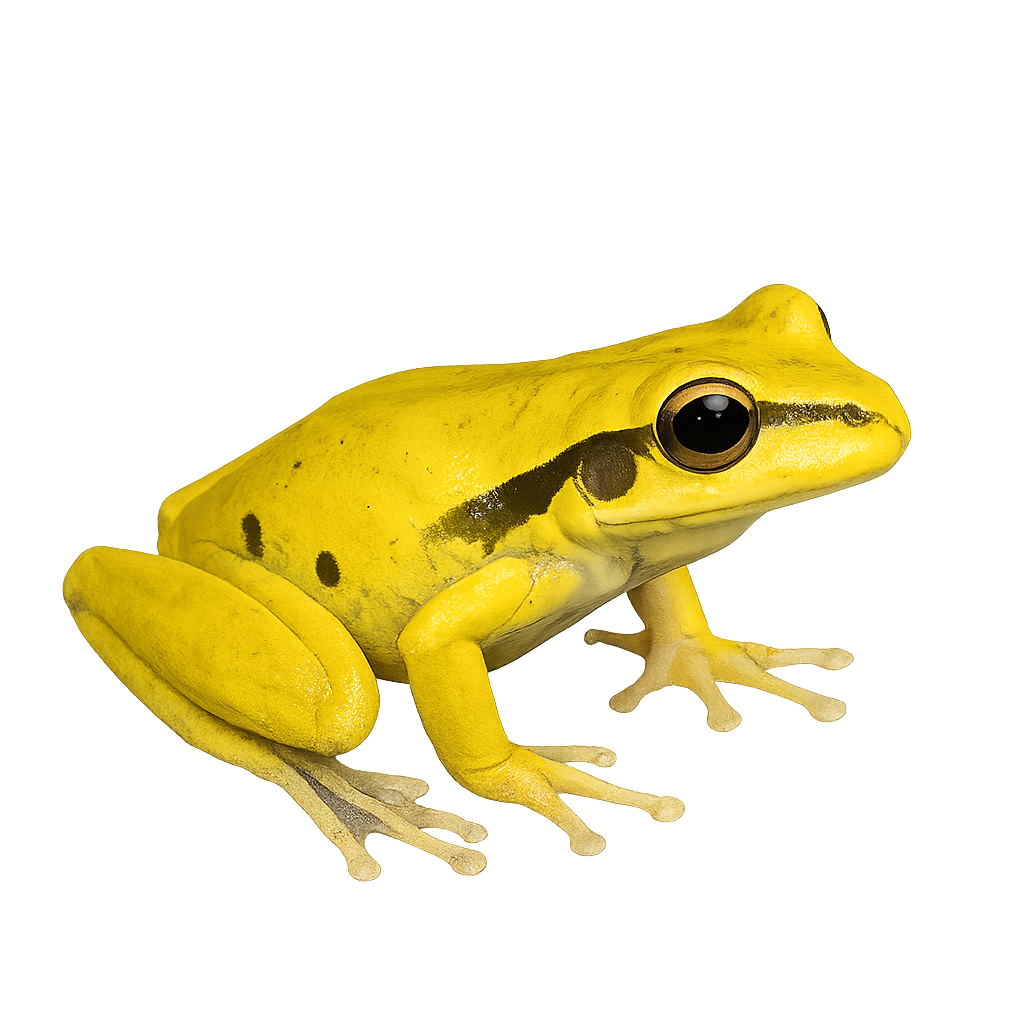Your wildlife photography guide.
Explore the wilcox's frog in detail, study its behavior, prepare your shots.
Where to observe and photograph the wilcox's frog in the wild
Learn where and when to spot the wilcox's frog in the wild, how to identify the species based on distinctive features, and what natural environments it inhabits. The WildlifePhotographer app offers tailored photography tips that reflect the wilcox's frog’s behavior, helping you capture better wildlife images. Explore the full species profile for key information including description, habitat, active periods, and approach techniques.
Wilcox's Frog
Scientific name: Litoria wilcoxii

IUCN Status: Least Concern
Family: HYLIDAE
Group: Amphibians
Sensitivity to human approach: Tolerant
Minimum approach distance: 3 m
Reproduction period: September to March
Incubation: 2–5 jours
Births: September to April
Habitat:
rainforests, swamps, rivers
Activity period :
Mainly active at night, generally discreet during the day.
Identification and description:
The Wilcox's Frog, or Litoria wilcoxii, is a tree frog species primarily found in the coastal regions of southeastern Queensland and northeastern New South Wales in Australia. It is recognizable by its smooth skin and bright green coloration, often speckled with golden or brown spots. This frog prefers humid habitats such as rainforests, swamps, and riverbanks with dense vegetation. It is mainly nocturnal, hiding in vegetation during the day and becoming active at night to feed on insects. Although its conservation status is currently "least concern," it is sensitive to environmental changes, particularly habitat loss and pollution.
Recommended lens:
Macro – adjust based on distance, desired framing (portrait or habitat), and approach conditions.
Photography tips:
To photograph the Wilcox's Frog, it is advisable to use a macro lens to capture the details of its smooth skin and bright colors. Look for it near water sources at night when these frogs are most active. Use soft lighting to avoid startling the animal and to highlight its natural hues. Be patient and discreet, as even though it is tolerant, sudden movements may cause it to flee.
The WildlifePhotographer App is coming soon!
Be the first to explore the best nature spots, track rutting seasons, log your observations, and observe more wildlife.
Already 1 430 wildlife lovers subscribed worldwide

